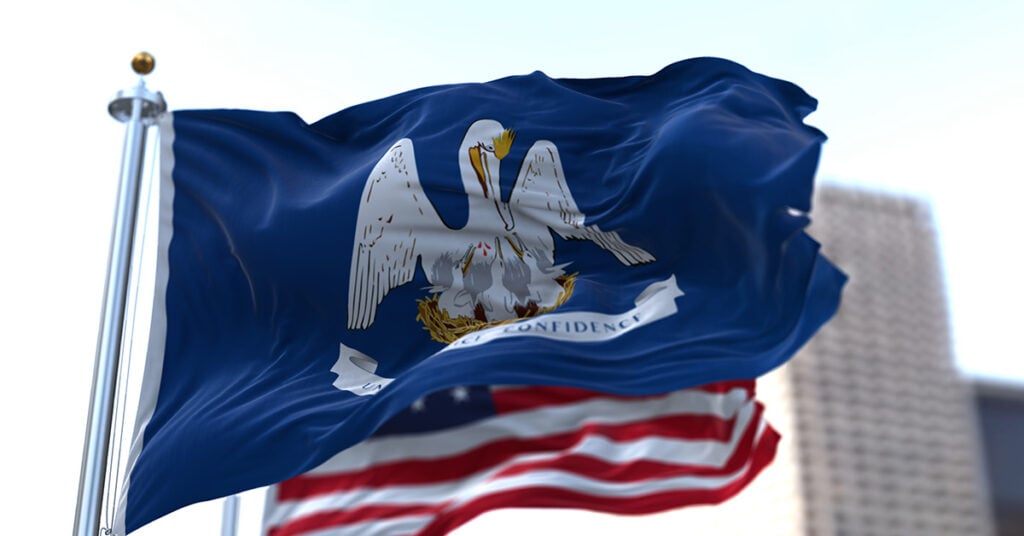Posted by Charles Maldonado on Wed, Jan 30, 2013 at 4:31 PM
A national survey of state and local tax codes by Washington think tank the Institute on Taxation and Economic Policy (ITEP) shows that Louisiana’s poorest residents pay the highest levels of state and local taxes as a percent of income — nearly twice the relative burden on the state’s highest earners — due in large part to combined local and state sales taxes.
The ITEP study comes as the state’s political leaders ponder a major tax code. Gov. Bobby Jindal has called for the elimination of personal income and corporate taxes, possibly replacing the revenue with increases in sales taxes, already among the highest in the country.
According to the study, released this month, the poorest 20 percent of state residents — average income $10,000 — pay 10.6 percent of their incomes in state and local taxes on average, with the overwhelming majority coming from sales taxes. Louisianians in next 20 percent — $22,000 average income — generally pay 10.5 percent, again mostly in sales taxes. In contrast, the wealthiest one percent — a group whose average income is $979,000 — pays only 4.6 percent of its income in state and local taxes, with the largest share coming from personal income taxes.
Under its current laws, the state did not make it into ITEP’s list of the ten most regressive tax systems, where the poorest residents have the highest tax burden. In fact, Louisiana’s poorest 20 percent actually pay a smaller share of taxes than the national average for the same group: 11.1 percent. The burden on the next 20 percent, however, is above the national average of 10 percent, and the burden for the richest Louisiana residents is below the national average of 5.6 percent.
The report’s findings suggest Jindal’s plan could mean significantly higher taxes on the poor. Four of the states on the list don’t levy a personal income tax. These include the two most regressive in the country, Washington and Florida, where the bottom 20 percent pays 16.9 percent an 13.2 percent, respectively, of its income in state and municipal taxes. Tennessee, another state on the most regressive list, collects taxes on interest and dividends from investments but not on regular income. Known as the Hall Income Tax, it produced only $184 million during the 2011 fiscal year, less than two percent of $10.5 billion total state tax collections that year.
The governor’s office has pledged that its tax overhaul plan will seek to mitigate the impacts of any sales tax increase for the poor. But, with the state legislature set to convene in April, Jindal is yet to release the details.




